
Iran’s Flag-Carrier Boasts Self-Sufficiency in Maintenance
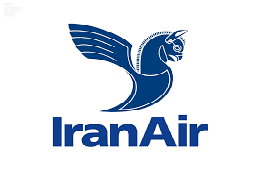
"In the past, all checks of Iran Air were conducted by foreign technicians, but currently the process from the first to the last phases of the planes maintenance is being done by Iranian experts," Zangeneh said, at the ceremony to commemorate the 31st anniversary of the downing of Iranian passenger plane by a US Navy guided-missile cruiser in the Persian Gulf waters.
The enemies of Iran, particularly the US, aimed to deprive Iran's airlines of refurbishing the air fleet by sanctions, but the Iranian experts not only foiled the plot intelligently, but also they decisively advanced the industry, the head of Iran Air said.
"Iranian airlines have always been targeted by the US sanctions and attacks since the year 1980, beginning with not allowing the Iranian Boeing 747 to land at New York airport," he said.
The approach went on with targeting Flight 655 over the Persian Gulf by the warship USS Vincennes in 1988, he noted.
The more regrettable move by the US was that Washington did not condemn the inhumane tragedy, and instead awarded the commander of the warship a medal of valor, the official said.
Back in December, Head of the Civil Aviation Organization Ali Abedzadeh said Iran needed some 500 planes, with Superjets being on its radars.
IranAir had ordered 100 from Airbus, 80 from Boeing and 20 from Franco-Italian turboprop maker ATR, but the US Treasury revoked licenses for their sales after President Donald Trump pulled the US out of the 2015 Iran nuclear deal in May 2018.
Only 16 aircraft were delivered – 13 by ATR and three by Airbus - before the licenses were withdrawn.
Hence, Iran's aviation is facing serious headwinds.
Two weeks ago, Iran opened a new air terminal at Tehran’s main international airport, designed and built by local contractors after European companies pulled out of the project in 2017.
The Salam Terminal is the second of three at Tehran’s Imam Khomeini International Airport (IKIA) inaugurated by President Hassan Rouhani Tuesday to handle 5 million passengers a year.
Salam will increase the airport’s overall annual capacity by 80 percent to about 12 million passengers, officials of the IKIA Airport City told Tasnim news agency.
The project was part of an expansion plan which also included building the third terminal named Iranshahr. French industrial group Bouygues and Aéroports de Paris signed a preliminary deal in January 2016 to build and run T3.
The company as well as its fellow French partner Aeroports de Paris, however, canceled the $2.8 billion agreement in 2017, citing failure to get financial backing from international banks, which are still wary of US sanctions over their activities in Iran.
Iran had hired the Netherlands Airport Consultant Company (NACO) as its main adviser in the project to expand IKIA’s capacity to 30 million passengers.


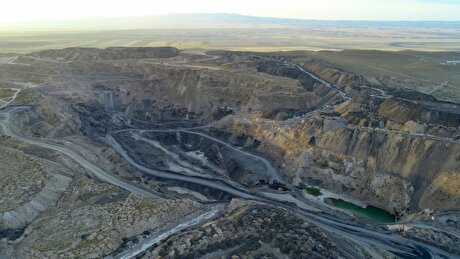
Uzbek gold miner said to eye $20 billion value in dual listing

Peabody–Anglo $3.8B coal deal on the brink after mine fire

A global market based on gold bars shudders on tariff threat
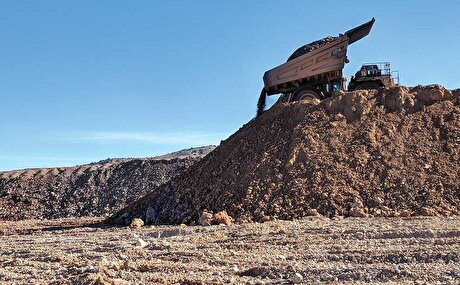
Minera Alamos buys Equinox’s Nevada assets for $115M
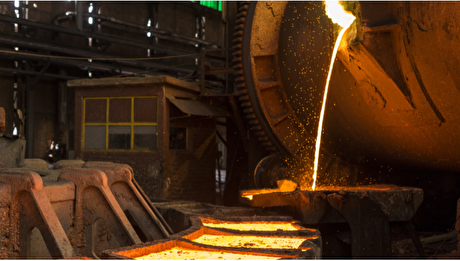
Adani’s new copper smelter in India applies to become LME-listed brand
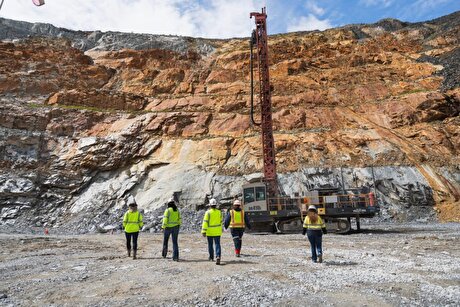
OceanaGold hits new high on strong Q2 results
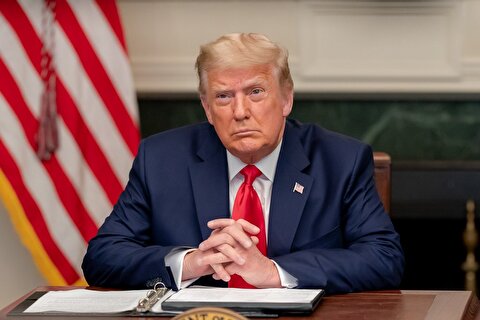
Trump says gold imports won’t be tariffed in reprieve for market

De Beers strikes first kimberlite field in 30 years
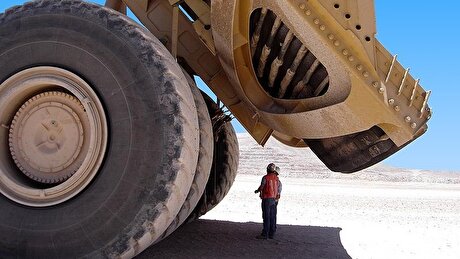
Cochilco maintains copper price forecast for 2025 and 2026

BHP shares near priciest valuation since 2021 on shift to miners

African Rainbow boosts Surge Copper stake to 19.9%
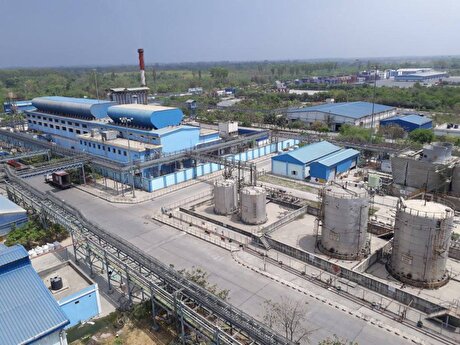
Hindustan Zinc to invest $438 million to build reprocessing plant
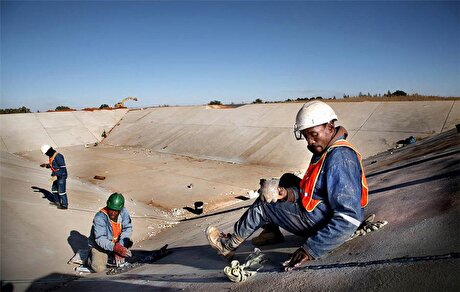
South Africa mining lobby gives draft law feedback with concerns

Wooden church sets off on slow Swedish road trip to escape mining subsidence
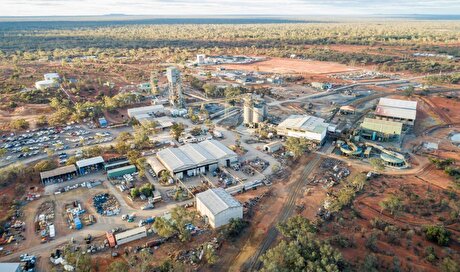
Harmony Gold’s MAC Copper takeover gets regulatory nod
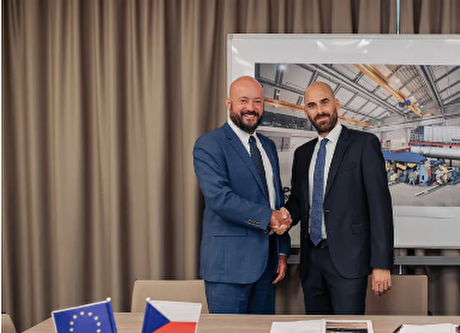
Povrly Copper Industries orders a breakdown rolling mill for high-quality copper, brass, and bronze strip production

Advanced cold-rolled strip for China’s New Energy Vehicle market
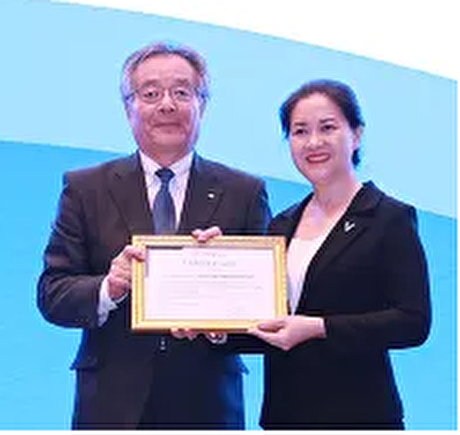
A Danieli greenfield project for competitive, quality rebar production

Antofagasta posts biggest profit margins since 2021

BHP shares near priciest valuation since 2021 on shift to miners

African Rainbow boosts Surge Copper stake to 19.9%

Hindustan Zinc to invest $438 million to build reprocessing plant

South Africa mining lobby gives draft law feedback with concerns

Wooden church sets off on slow Swedish road trip to escape mining subsidence

Harmony Gold’s MAC Copper takeover gets regulatory nod

Povrly Copper Industries orders a breakdown rolling mill for high-quality copper, brass, and bronze strip production

Advanced cold-rolled strip for China’s New Energy Vehicle market

A Danieli greenfield project for competitive, quality rebar production














